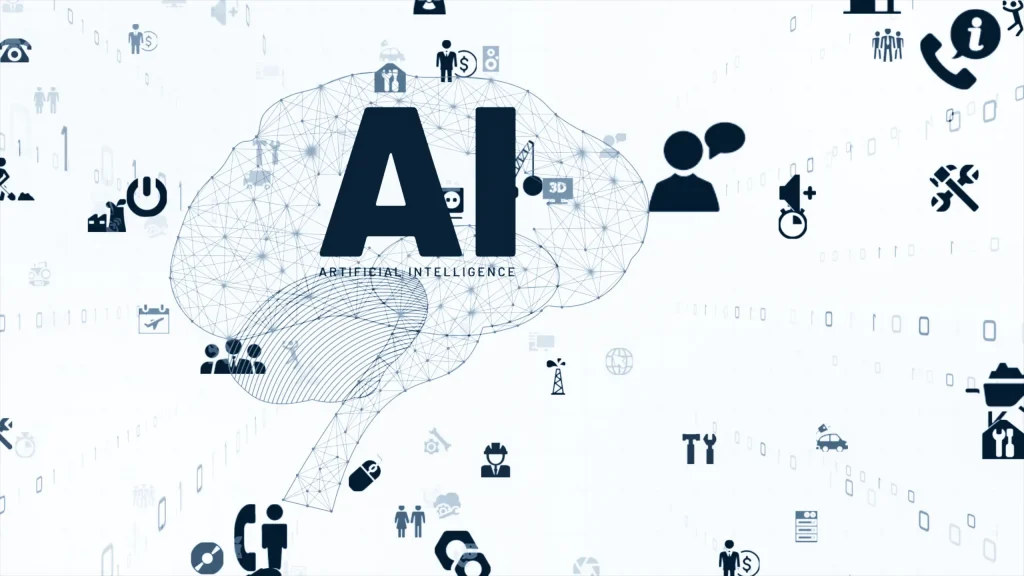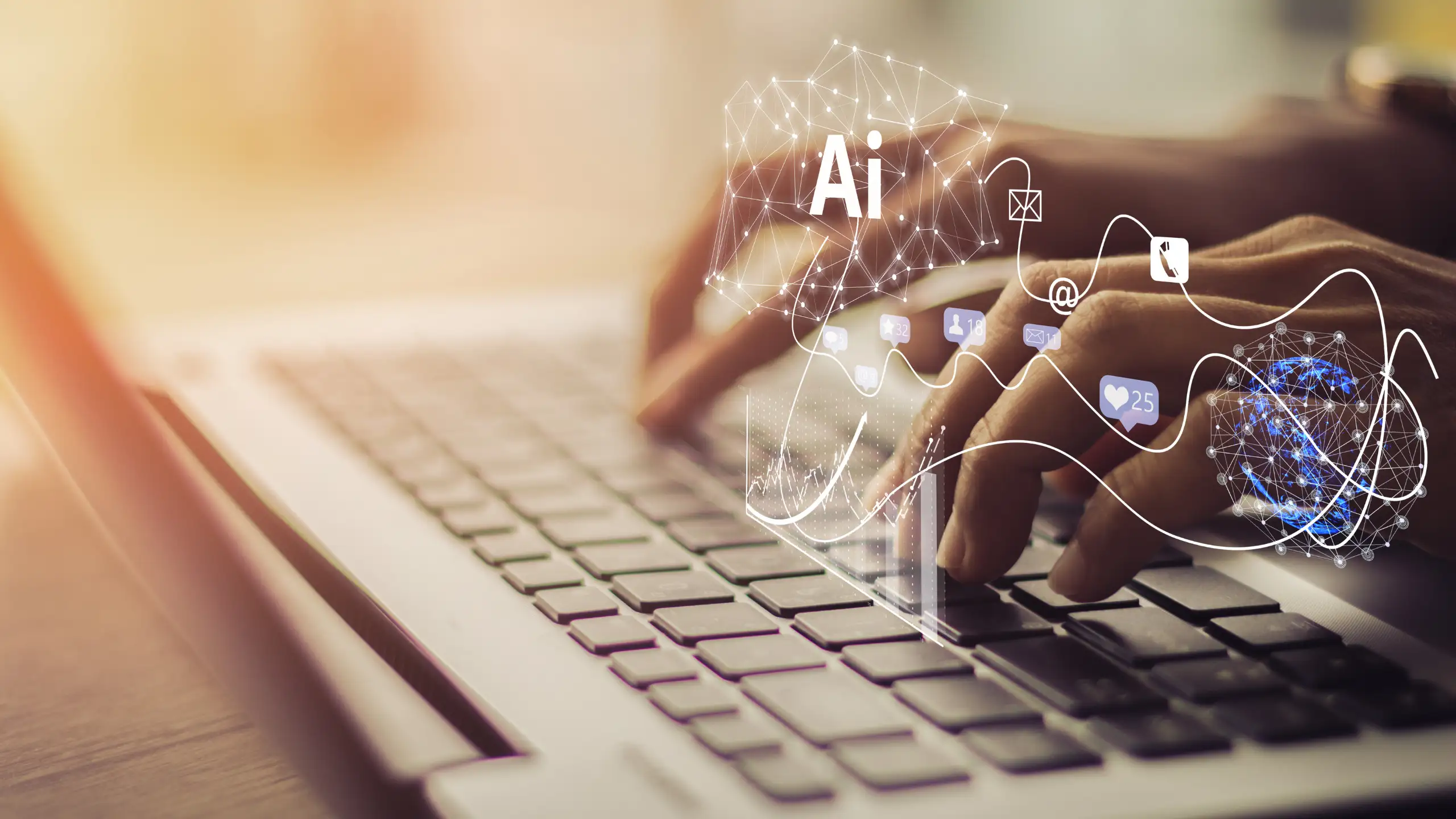In the rapidly evolving landscape of artificial intelligence (AI), the emergence of AI detectors has sparked widespread debate and concern. As AI-generated content becomes increasingly indistinguishable from human-produced material, the necessity for effective AI detection tools has never been more critical. However, recent studies and experiences have brought to light significant issues regarding the reliability and biases of these tools, raising the question: Can AI detectors be wrong?
AI detectors aim to tell apart AI-made text from what humans write. Yet, they’re not perfect. Research shows they often wrongly flag work by those who speak English as a second language. This mistake questions these tools’ fairness and reliability, suggesting a need for smarter technology that fairly evaluates everyone’s work.
The Imperfection of AI Detection Tools
AI detectors are designed to differentiate between content generated by humans and that produced by AI. Utilizing natural language processing models and vast datasets, these tools analyze text for predictable syntax and word choice patterns.
Despite their sophistication, AI detectors operate based on probability rather than definitive evidence, leading to a notable margin of error. Instances of false positives—where human-written content is wrongly flagged as AI-generated—are not uncommon, challenging the infallibility of these technologies.
The Bias Against Non-Native English Speakers
A troubling aspect of AI detection tools is their inherent bias against non-native English speakers. A study conducted by Stanford computer scientists found that several AI detectors incorrectly flagged writing by non-native speakers as AI-generated a significant 61% of the time.
This bias stems from the tools’ programming, which often associates simpler language and sentence structures with AI-generated content—a pattern frequently seen in writing those for whom English is a second language.
The Stanford Study: A Case in Point

The Stanford study critically examines AI detection biases. By analyzing the performance of AI detectors on writings by non-native English speakers, the researchers uncovered a clear predisposition towards false accusations of AI assistance.
The finding is alarming and indicative of a larger issue within the AI detection ecosystem—where the nuances of human language diversity are overlooked in favor of overly simplistic detection parameters.
The Real-World Impact on International Students
The consequences of these biases extend beyond academic curiosity, impacting real lives—especially those of international students.
Educators and institutions have reported numerous cases where students were unjustly accused of cheating based on flawed AI detection. Such accusations carry severe implications, from damaging students’ academic reputations to jeopardizing their visa status.
The psychological toll on students and the potential for educational and legal repercussions underscores the urgent need for more equitable and reliable detection methods.
Moving Forward: Ethical Considerations and Future Directions

The challenges posed by current AI detectors call for a nuanced approach to technology development and application. Educational institutions, for instance, must critically assess the use of AI detection tools, balancing the pursuit of academic integrity with the principles of fairness and inclusivity.
Furthermore, AI developers are tasked with improving the accuracy of detection tools, ensuring they are trained on diverse datasets that more accurately reflect the complexity of human language.
How Accurate is Turnitin AI Detector
Turnitin AI Detector has been at the forefront of academic integrity tools, offering institutions a way to identify potentially AI-generated content. However, the accuracy of Turnitin’s AI detection capabilities is debatable.
While Turnitin claims high efficiency, with its tool trained on a diverse dataset including writings by English speakers from the U.S. and abroad, critics point to inherent biases and the tool’s occasional inability to distinguish between human and AI-generated text accurately.
Independent research, such as studies conducted by Stanford University, suggests that AI detectors, including Turnitin, may not be as foolproof as advertised, particularly when evaluating work from non-native English speakers. This calls into question the reliability of such tools and underscores the need for continuous improvement and transparency in their development.
Turnitin AI Detection False Positive Rate
The false positive rate of Turnitin’s AI detector — instances where human-written content is mistakenly flagged as AI-generated — is critical to its reliability. Though Turnitin boasts an advanced algorithm capable of discerning AI and human writing with high accuracy, false positives have been reported, especially among writings by international students.
The company claims a robust training process that includes a wide range of linguistic patterns, yet the exact false positive rate remains a matter of contention among educators and researchers.
The discrepancy between claimed accuracy and real-world performance highlights the complexity of detecting AI-generated content and the need for ongoing evaluation and adjustment of the tool’s algorithms.
AI Detection False Positive
AI detection false positives occur when systems like Turnitin mistakenly identify human-written work as generated by AI, leading to unwarranted accusations of academic dishonesty. This issue is particularly prevalent among non-native English speakers whose writing style may inadvertently match the simpler patterns often associated with AI.
False positives undermine the credibility of AI detection tools, placing undue stress on students and professionals and challenging their integrity without cause.
The phenomenon calls for a more nuanced approach to AI detection that considers the diverse range of human writing styles and the limitations of current technological solutions.
Are Free AI Detectors Wrong
Free AI detectors, while accessible to a wider audience, often lag behind their paid counterparts regarding accuracy and sophistication.
These tools work on similar principles, analyzing text for patterns indicative of AI generation, but may suffer from a higher rate of false positives and negatives due to less sophisticated algorithms and smaller training datasets.
While not inherently “wrong,” free AI detectors can be less reliable, leading users to question the authenticity of content without substantial evidence. As AI technology evolves, the gap between free and paid detectors underscores the importance of choosing tools wisely, based on their proven efficacy and the user’s needs.
How Do AI Detectors Work
AI detectors work by analyzing text submissions against vast datasets of known human and AI-generated content, using machine learning algorithms to identify distinguishing patterns.
These patterns may include the complexity of language (perplexity), variability in sentence structure (burstiness), and the predictability of word choice. AI detectors estimate the likelihood of AI-generated content by comparing the submitted text to these patterns.
However, this process is inherently probabilistic, and the reliance on statistical patterns rather than direct evidence of authorship leads to challenges in accuracy and the potential for bias, especially in texts from diverse linguistic backgrounds.
Are AI Detectors Accurate
The accuracy of AI detectors is a contentious issue, with performance varying widely across different tools and contexts. While some AI detectors claim high levels of precision in identifying AI-generated text, the reality is often more complex.
Factors such as the diversity of the training data, the sophistication of the algorithm, and the inherent variability of human writing contribute to the challenge. False positives and negatives are notable concerns that impact the reliability of these tools. In the case of non-native English speakers, for instance, AI detectors have been shown to exhibit biases, leading to questions about their fairness and effectiveness.
Ultimately, while AI detectors represent a promising technology for maintaining academic integrity and authenticity in digital content, their limitations underscore the need for caution and critical evaluation when relying on them for definitive judgments.



